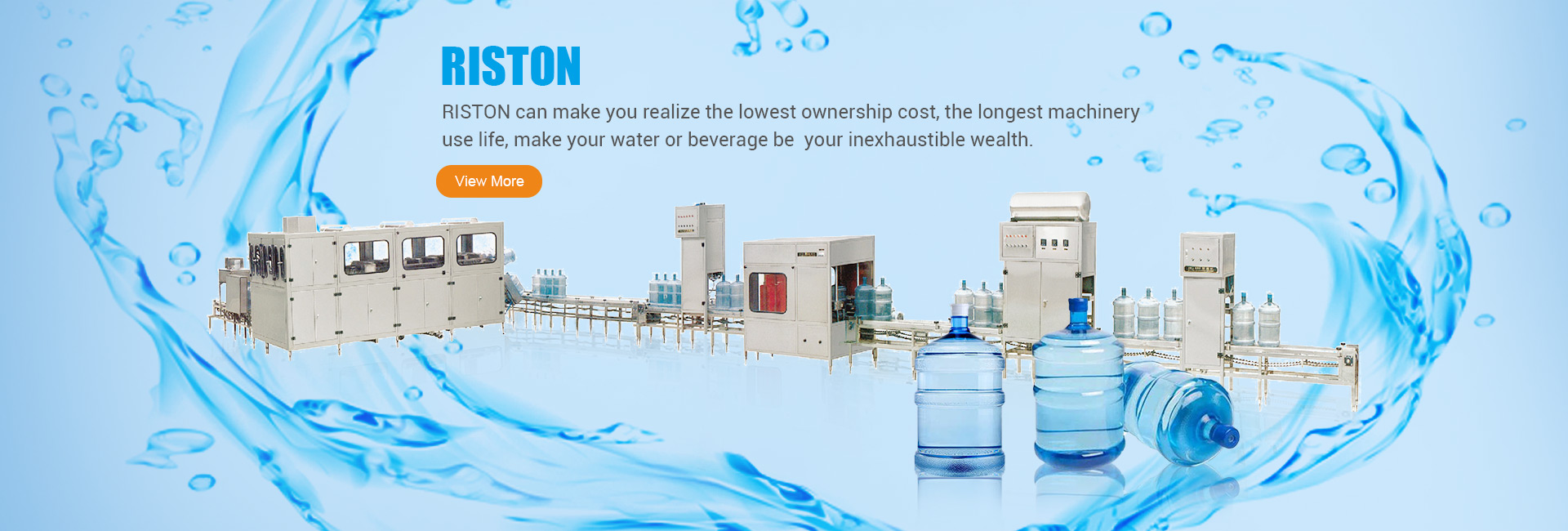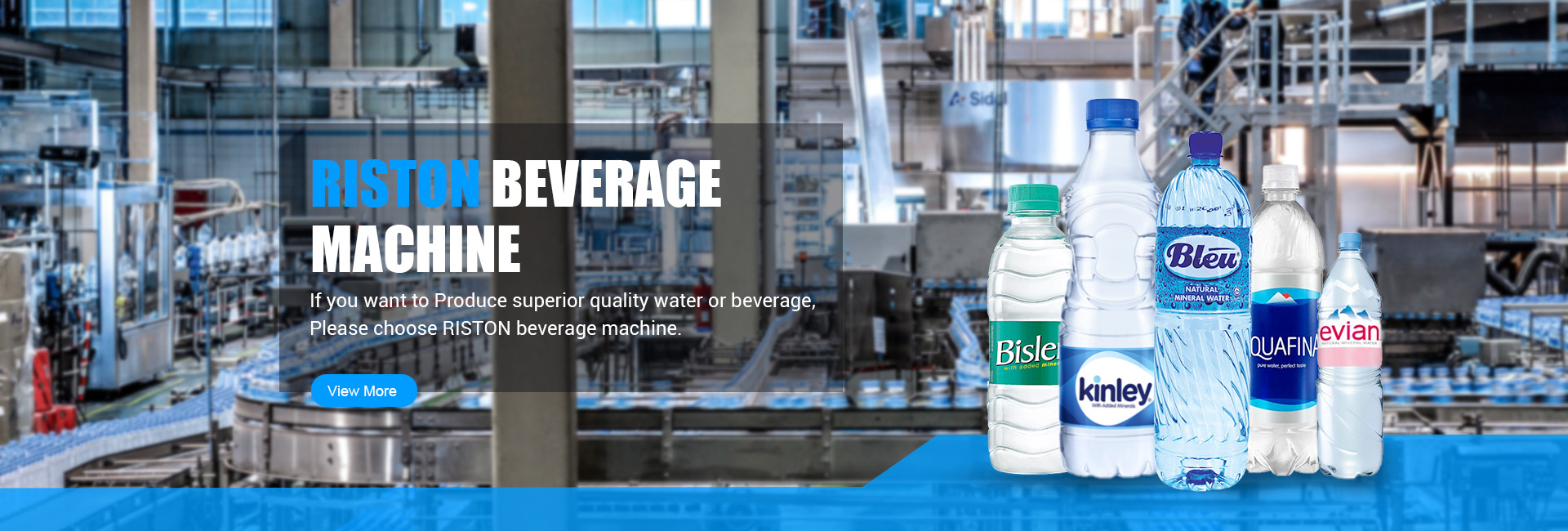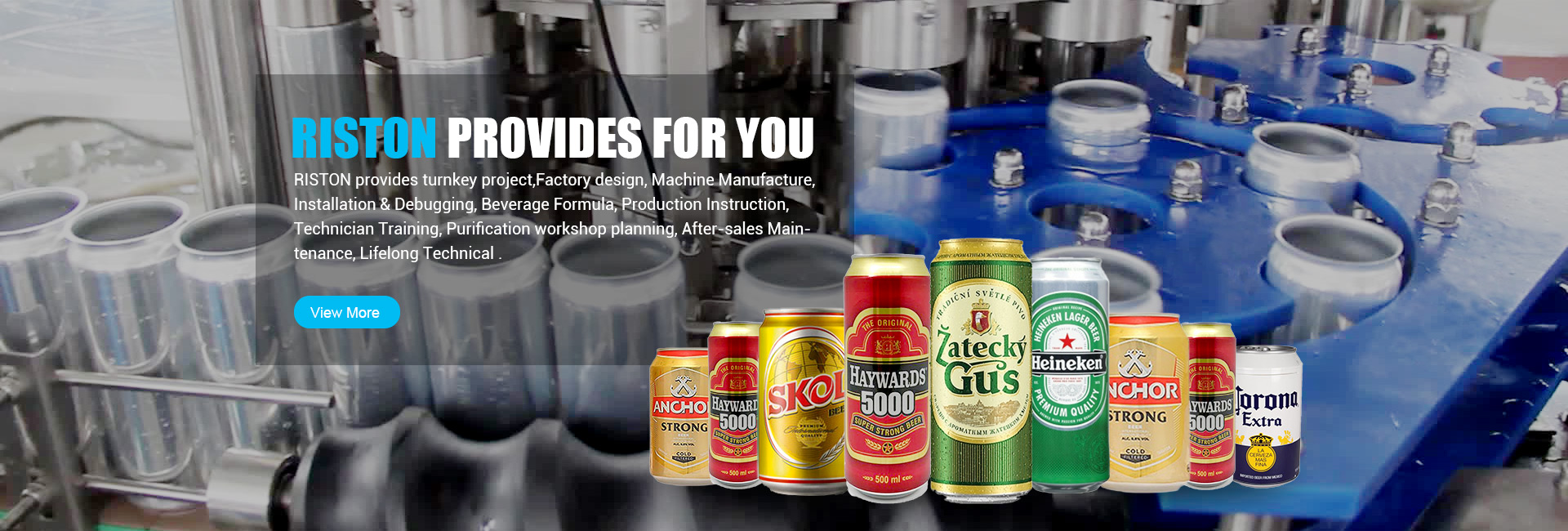Introduction: The RISTON water vending machine is a popular choice for convenient and clean water on-the-go. Its advanced circuit diagram ensures efficient operation and user-friendly experience. In this article, we will delve into the intricacies of the RISTON water vending machine’s circuit diagram, understanding its components, functionality, and how they work together to deliver purified water.
Power Supply: The heart of any vending machine lies in its power supply. The RISTON water vending machine is no exception. It is equipped with a robust power supply system that provides stable and regulated electricity to power the machine’s various components. This ensures consistent performance and longevity.
Control Panel: The control panel serves as the brain of the RISTON water vending machine. It consists of a microcontroller, buttons, and a display screen. The microcontroller manages the entire operation of the machine, from water filtration to dispensing. The user interface, represented by the buttons and display screen, allows users to select the desired water temperature and quantity, making the machine user-friendly and intuitive.
Water Filtration System: The RISTON water vending machine incorporates a comprehensive water filtration system to ensure that users receive clean and safe drinking water. This system typically includes activated carbon filters, fine mesh filters, and UV disinfection units. The circuit diagram illustrates how these components work together to remove impurities, odors, and harmful microorganisms from the water.
Dispensing Mechanism: The dispensing mechanism is responsible for delivering the filtered water to the user. The RISTON water vending machine features a precise and reliable dispensing mechanism, which includes a solenoid valve, a water pump, and a nozzle. The circuit diagram showcases how these components are interconnected to ensure accurate measurement and controlled dispensing of water.
Heating and Cooling System: To cater to different user preferences, the RISTON water vending machine may include a heating and cooling system. This system consists of a heat exchanger and a compressor for制冷, or a heating element for heating. The circuit diagram explains how these components are integrated to provide hot, cold, or warm water as per the user’s choice.
Safety Features: The RISTON water vending machine prioritizes user safety with its built-in safety features. These include thermal cut-offs, pressure relief valves, and overcurrent protection devices. The circuit diagram highlights how these safety components are incorporated into the machine’s design to prevent accidents and ensure a secure user experience.
Conclusion: Understanding the RISTON water vending machine’s circuit diagram provides valuable insights into its operation, maintenance, and troubleshooting. From the power supply to the dispensing mechanism, each component plays a crucial role in delivering clean, filtered water to users. By familiarizing oneself with the circuit diagram, consumers, technicians, and retail operators can effectively utilize and maintain the RISTON water vending machine, ensuring a seamless and satisfactory user experience.










